'You can do what you hope is a good thing in a very wrong way'
Local wildlife rehabilitators raise red flags over power line placement in bird flight path
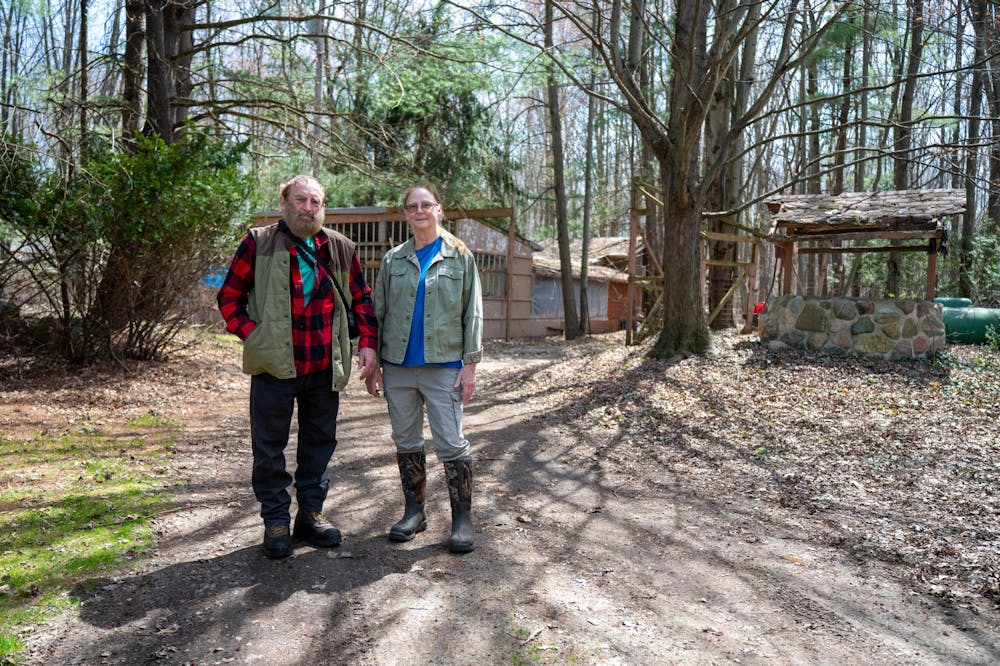
A drive down South Coleman Road in Shepherd on a warm day means a cacophony of bird songs filling the air. The dense trees on each side of the road open up to a wetland colored in earthy blues and greens. Largely, the environment around the road has been kept wild.
But there’s one thing that doesn’t quite fit in: the towering, high-voltage power lines buzzing overhead.
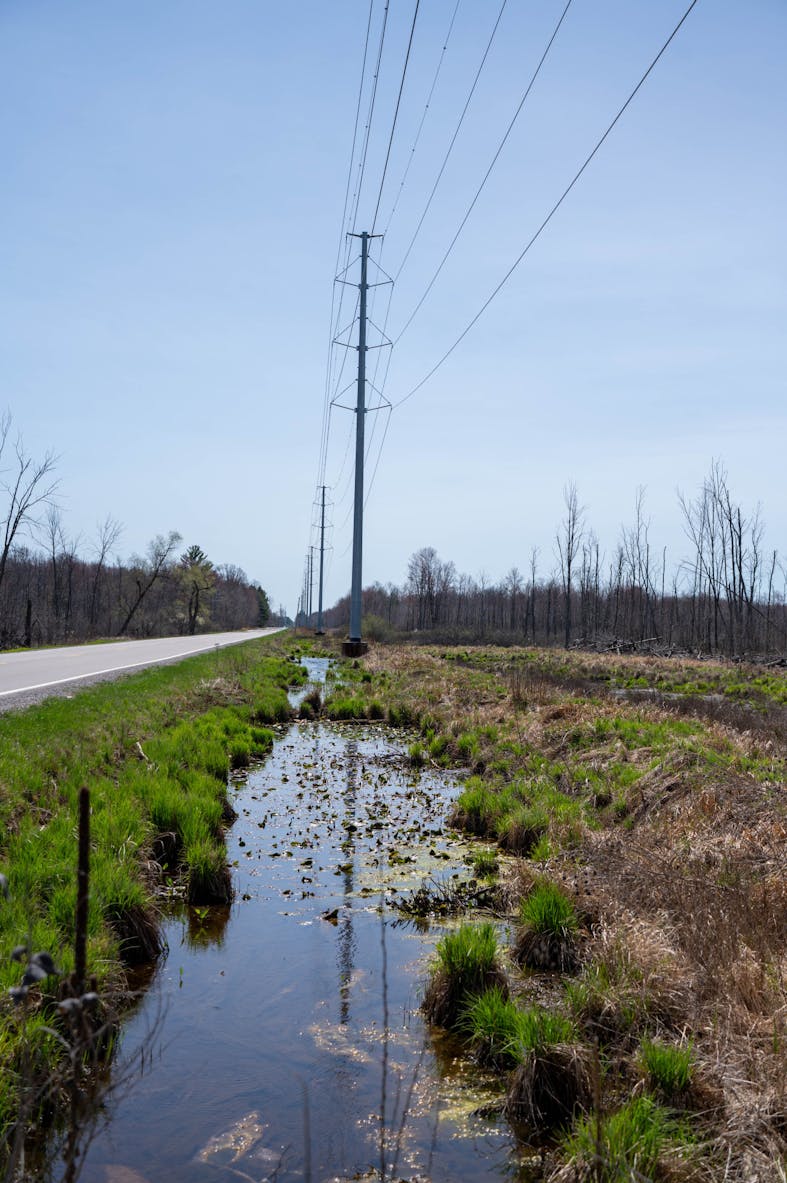
Installed in 2023, the lines are part of a Michigan Electric Transmission Company (METC) project that links a new, wind-power substation to Michigan's existing electrical grid. The lines pass through Little Swamp Sanctuary, a wetland owned in part by the nonprofit Wildlife Recovery Association (WRA).
In December 2024, a Michigan Court of Appeals panel ruled that the METC could proceed with the project, affirming a lower court’s decision to dismiss the WRA’s claims under the Michigan Environmental Protection Act that the lines would cause environmental harm.
WRA owners Barb and Joe Rogers argue that the installment of the lines across the wetland marks an irreversible change to the habitat that more than 150 species of birds call home. Their main concerns center around bird collisions with power lines and electrocution.
“An awful lot of birds have bioelectromagnetic sensors to help them tell north, south, east, west, keep their balance up in the air and everything,” Joe said. “And the radiation that comes off an active line messes that up. So it isn't just the wires. It's the wires and radiation.”
Although it is difficult to accurately estimate bird mortality rates, studies suggest that annually, power line electrocution has killed tens- to hundreds-of-thousands of birds, and power line collisions have killed up to 175 million birds.
“A few times, we would find dead birds,” Joe said. “But the vast majority are wounded and die slowly, hiding.”
“While it is undisputed that some animal deaths would result from this project, there was no evidence that these species would be unable to repopulate after the project’s completion or that the project would have any noteworthy impact on their populations,” the court wrote in its decision.
Contrary to this, the WRA found that the presence of small bird species in the wetland has decreased by over 60% since the installation of the lines.
In October of 2022, the WRA conducted bird flight counts to determine how many birds passed through the power line area before the lines were installed. They observed an average of 1,096 small birds over a two-hour time period. In October 2024, flight counts were conducted again to determine the impact of the lines. This time, an average of 369 small birds were observed.
“[That’s] less than half of the birds that we had going through there, which to me says more than finding dead birds on the road,” Barb said. “That's a huge drop.”
She added that repopulation can only occur if the lines are taken down. If they stay up, populations will continue to drop as birds die.
"While it is undisputed that some animal deaths would result from this project, there was no evidence that these species would be unable to repopulate after the project’s completion or that the project would have any noteworthy impact on their populations."
-- Michigan Court of Appeals
“Most of the biologists say we need to take care of [special concern species] because we still have a chance. There are still enough out there that we can protect them … and if they get to the point where they're endangered, they're so close to extinction that sometimes you can't do anything.”
-- Barb Rogers, Wildlife Recovery Association
The WRA is particularly concerned about the impact the lines will have on a number of threatened species they say have been observed on their property, including the Northern goshawk, least bittern, Eastern whip-poor-will, wood turtle and others.
Because the above species are listed as threatened by the Michigan Department of Natural Resources, they are granted protection under the state’s Endangered Species Act. However, the appeals court did not find the WRA’s observations to be sufficient evidence of the species’ presence.
The court stated that “the land did not contain wildlife that is rare, unique, endangered, or historically significant. There was no evidence of any wildlife that was threatened or endangered.”
Barb and Joe have also observed multiple species in Little Swamp Sanctuary which are listed as special concern, meaning they are at risk of becoming threatened or endangered in the future. These species include the red-shouldered hawk, marsh wren, red-headed woodpecker, trumpeter swan, Blanding’s turtle and more.
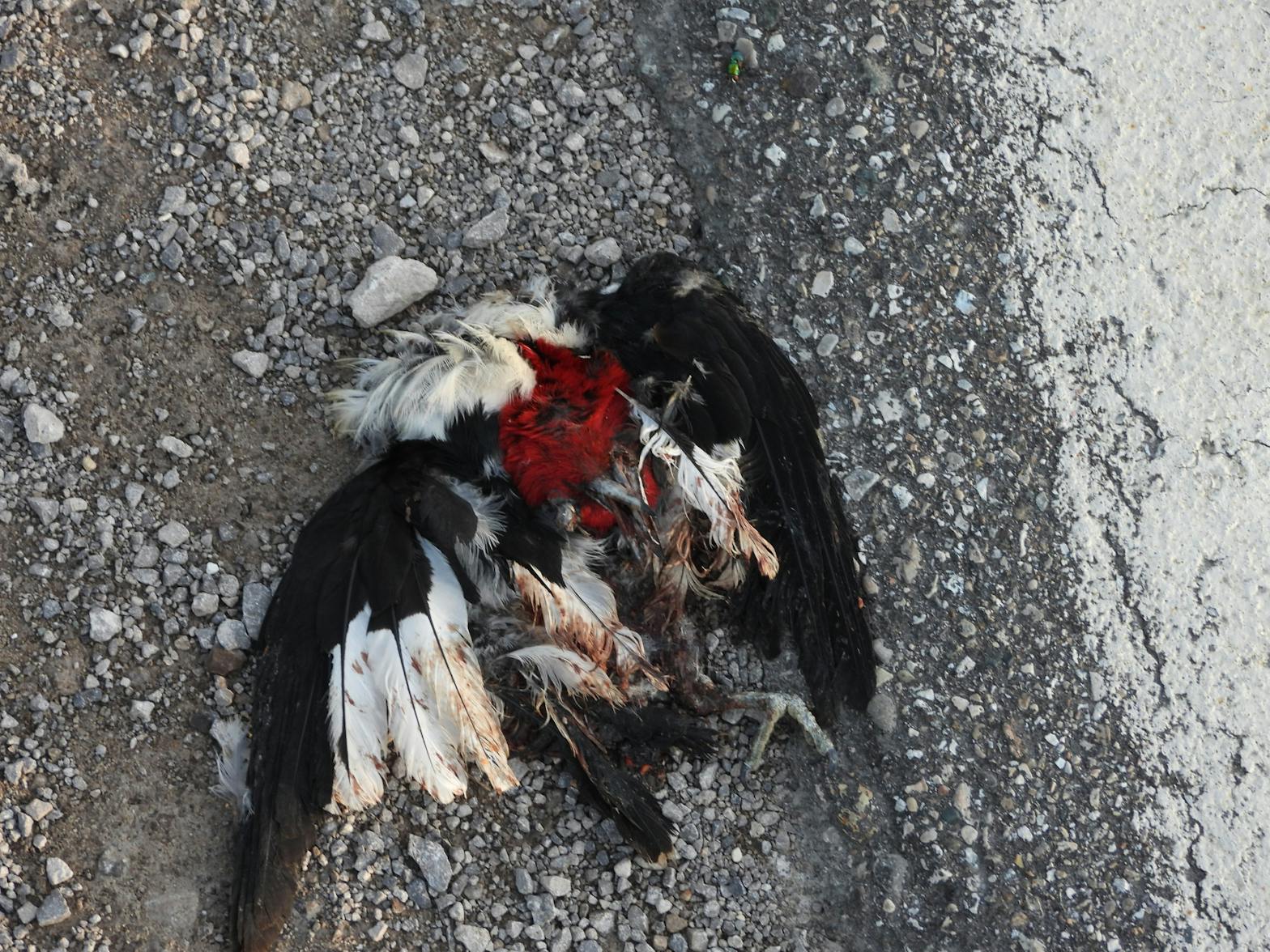
“Most of the biologists say we need to take care of [special concern species] because we still have a chance,” Barb said. “There are still enough out there that we can protect them … and if they get to the point where they're endangered, they're so close to extinction that sometimes you can't do anything.”
The appeals court acknowledged this. The case file reads: “The trial court was perhaps a little too dismissive of this classification (special concern species) given that ‘one of the primary purposes of the MEPA is to protect our natural resources before they become "scarce."’”
However, later, the file deemed the presence of the special concern species to be “highly speculative.”
Mitigating harm
METC asserts that it has taken measures to mitigate environmental harm caused by the lines. Bird diverters, which are devices used to help birds avoid power line collisions by making the lines more visible, are currently in use.
The success of bird diverters in reducing collisions has been difficult to quantify and the court noted that, “the record was unclear regarding their effectiveness.” The WRA argues that the diverters will be insufficient in reducing bird strikes.
“The songbirds or smaller birds that we were counting, they paid no attention to the little bird diverters,” Barb said. “They just went in between lines, I mean they just didn’t [see them]. And I’ve seen some of them hit.”
METC said it is committed to creating new wetlands in order to offset any harm done to those affected by the project. The court’s decision stated that “the resources at issue are easily replaceable.”
Scientific evidence shows that man-made wetlands often lack the complex hydrology, soil composition and biodiversity supported by natural wetlands. These ecological functions often take hundreds of years to develop in natural wetlands and research shows man-made wetlands cannot equally replicate these functions.
“This (Little Swamp Sanctuary) is a very special soil type because it's an ancient natural wetland … the man-made ones really aren't the same,” Joe said. “They don't have the depth of muck that supports all kinds of life.”
Alternate routes
Barb and Joe presented several alternate routes to the METC for consideration before the lines were installed. One of those routes is an abandoned easement that runs three-quarters of a mile parallel to the current route along Coleman Road. Barb and Joe believe this would have been a prime location for the lines.
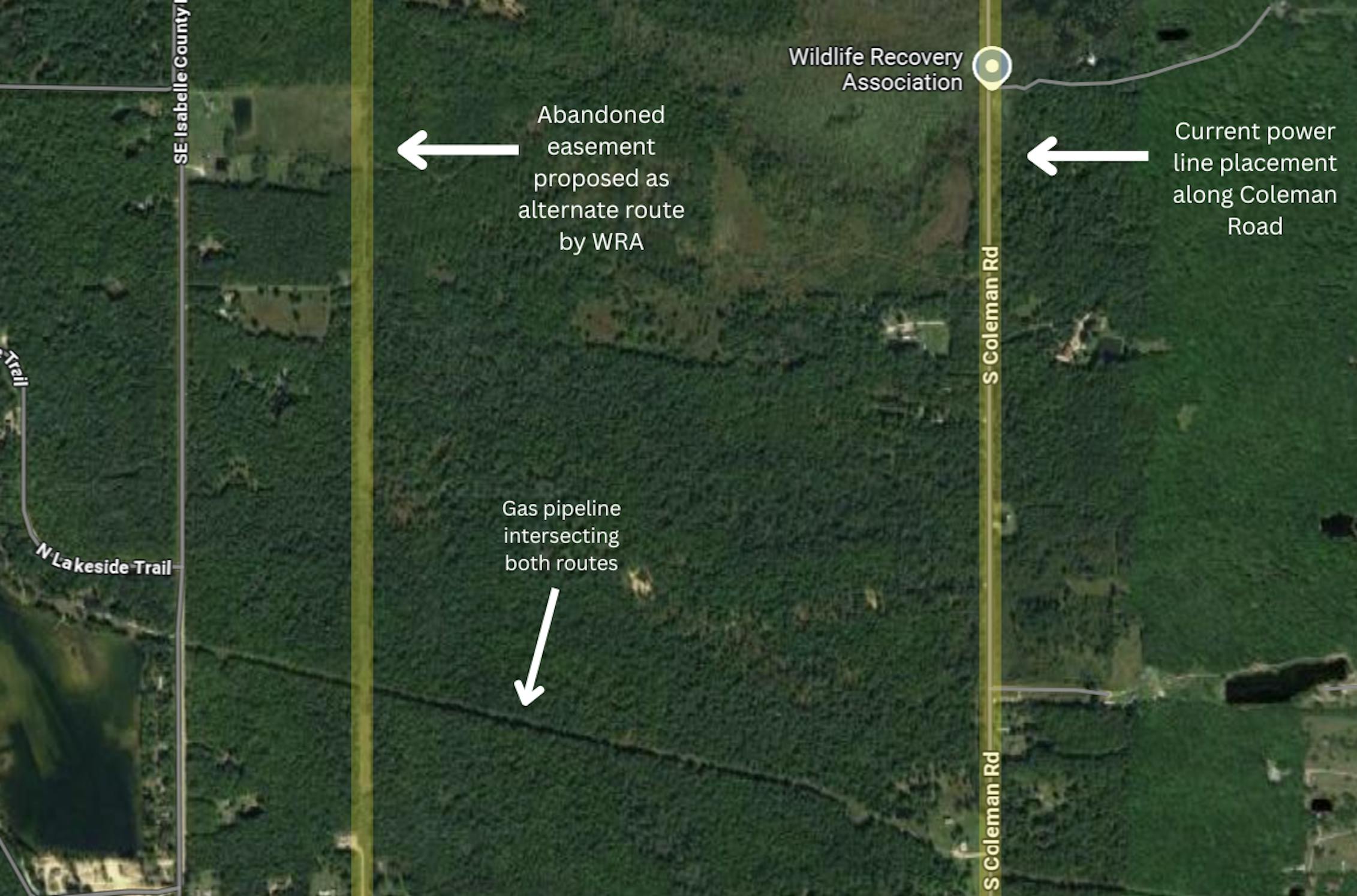
There are significant differences between the current power line route and the alternate route proposed by the WRA. Unlike the unused easement, the current route is a flight corridor, which means birds use it to navigate from one half of the wetland to the other.
“This installation through a wetland complex known to be used as a flight corridor by large numbers of waterfowl and other wetland birds appears to present a known risk and is contrary to published siting guidelines from Avian Powerline Interaction Committee (APLIC),” Trumpeter Swan Society President Jeff Nelson wrote in a letter to METC and the department of Environment, Great Lakes and Energy in support of the WRA on June 18, 2024.
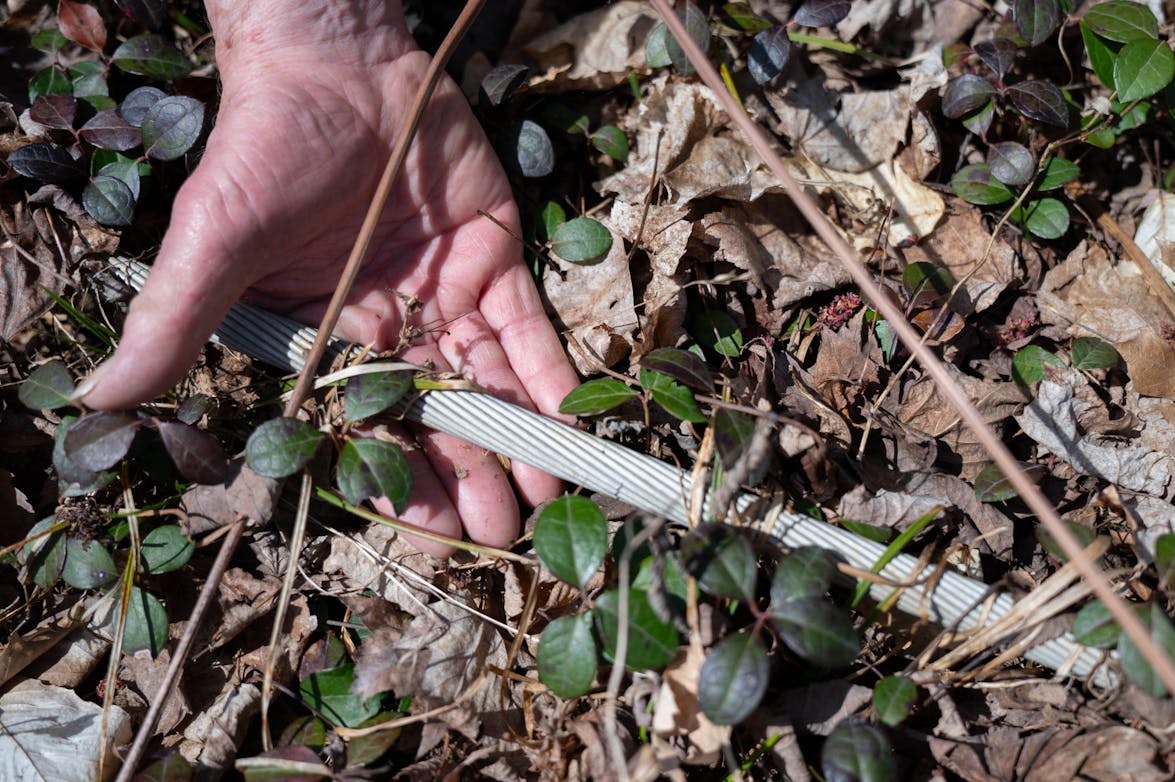
The current route breaks other APLIC guidelines as well. The power lines divide two types of wetland (a feeding area and a resting area), which APLIC notes increases the likelihood of collisions. The route along the abandoned easement could solve this issue.
“What we have over there (at the WRA) is a sanctuary. This (the abandoned easement) is not a sanctuary, it's an easement,” Barb said. “And so that right there should be the main difference, is that we’re protecting that as a sanctuary.”
Additionally, APLIC recommends placing power lines through forested areas rather than wetlands. Since birds already need to fly above the canopy, they are less likely to collide with lines. The WRA’s proposed route runs through a forested area with significantly less wetlands than the current route.
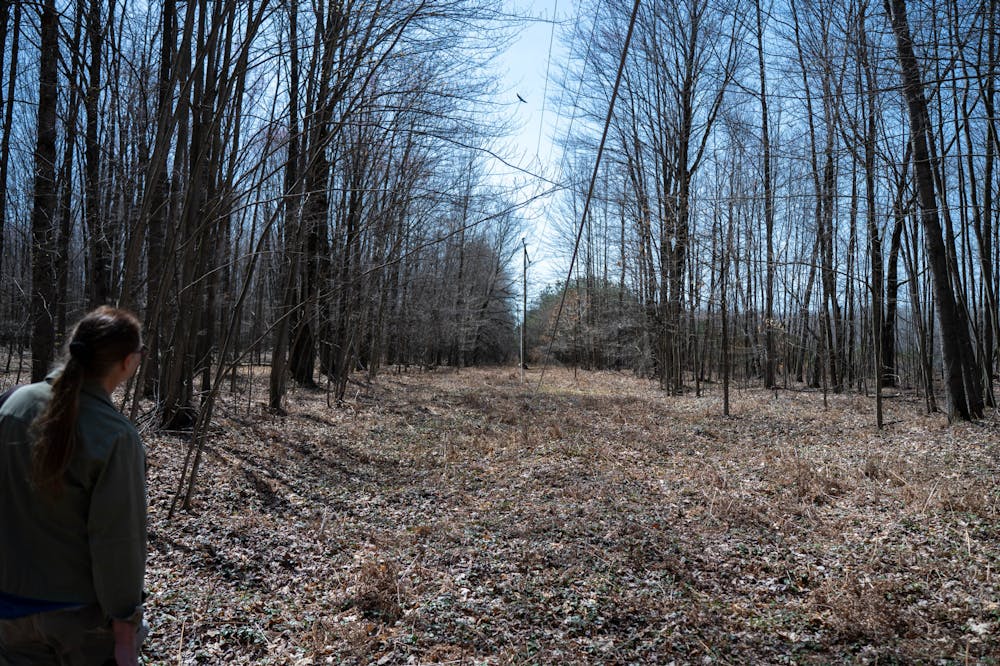
Barb and Joe say that when they brought the alternate route to METC, the company countered that the route intersects more wetlands, residences and businesses than the current route. The couple believes METC mistook groups of pine trees to be wetland because both show up as darker than the surrounding areas on satellite maps.
“They never came and looked at it on the ground,” Barb said. “They claimed that because they didn’t have permission from the homeowners, they couldn’t come back here.”
Barb and Joe say METC also raised concerns about a gas pipeline that intersects the alternate route. However, it can be seen on a map that the pipeline also intersects the current route.
METC did not respond to requests for comment.
Moving forward
The WRA has contested a permit issued by EGLE granting METC the ability to proceed with the project. The trial date is tentatively set for the end of August, but Barb believes there could be a high likelihood the judge will dismiss the case.
If that happens, Barb and Joe plan to dedicate their time to constantly monitoring the wetland and getting information out to the public that shows the changes happening in Little Swamp Sanctuary.
“Which is sad, I mean it's really hard for me to think, ‘That’s what my life is gonna be about is showing how the wetland’s deteriorating?’” she said. “But what else do I do?”
The WRA contacted the Department of Natural Resources regarding the project since part of the wetland runs through state-owned land. However, since the lines support clean energy, the DNR said they would not do anything to interfere.
“We’re not fighting clean energy at all, we agree that clean energy is really important,” Barb said. “We’re just fighting where they place the lines.”
“You can do what you hope is a good thing in a very wrong way,” Joe said.






